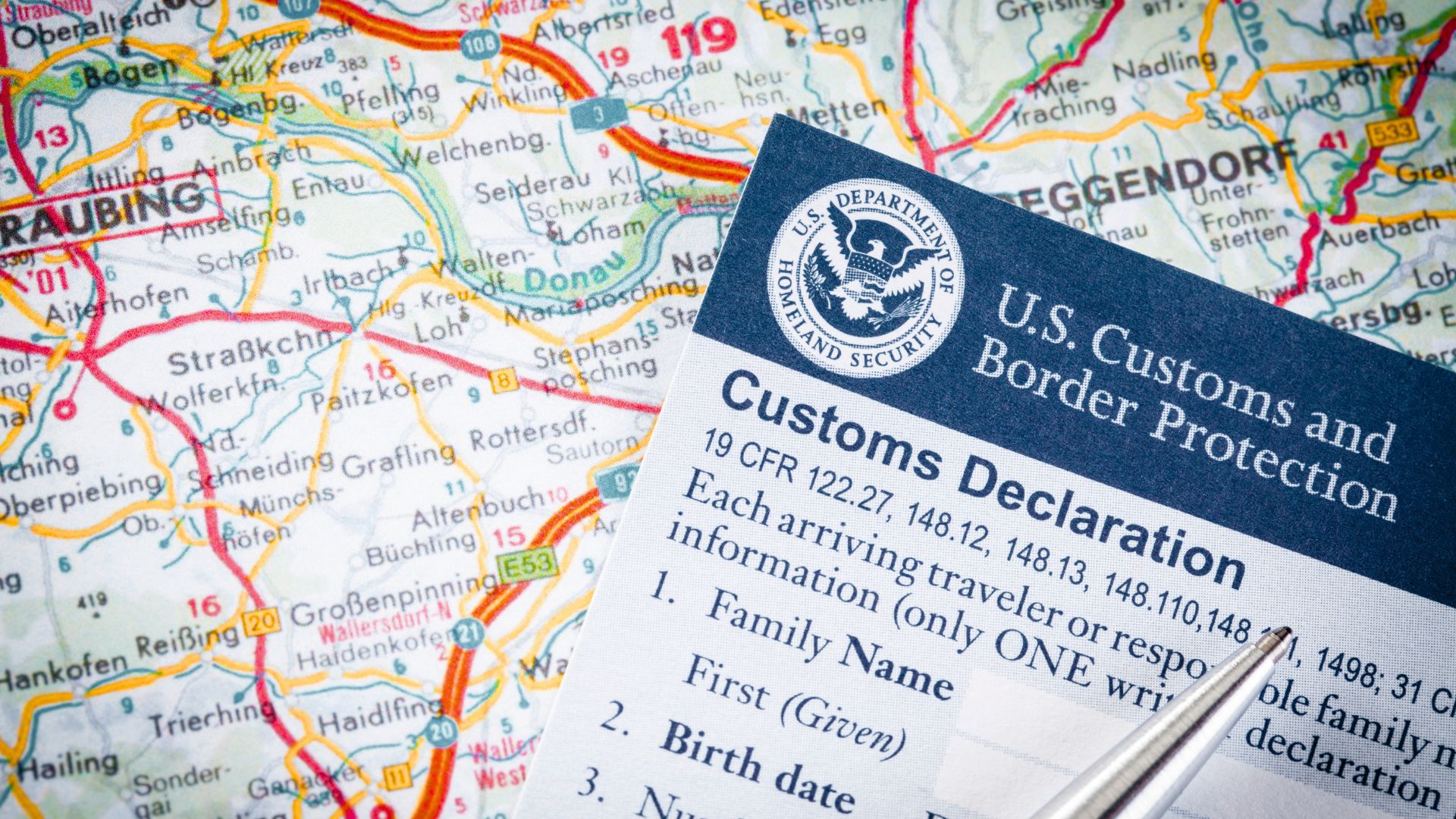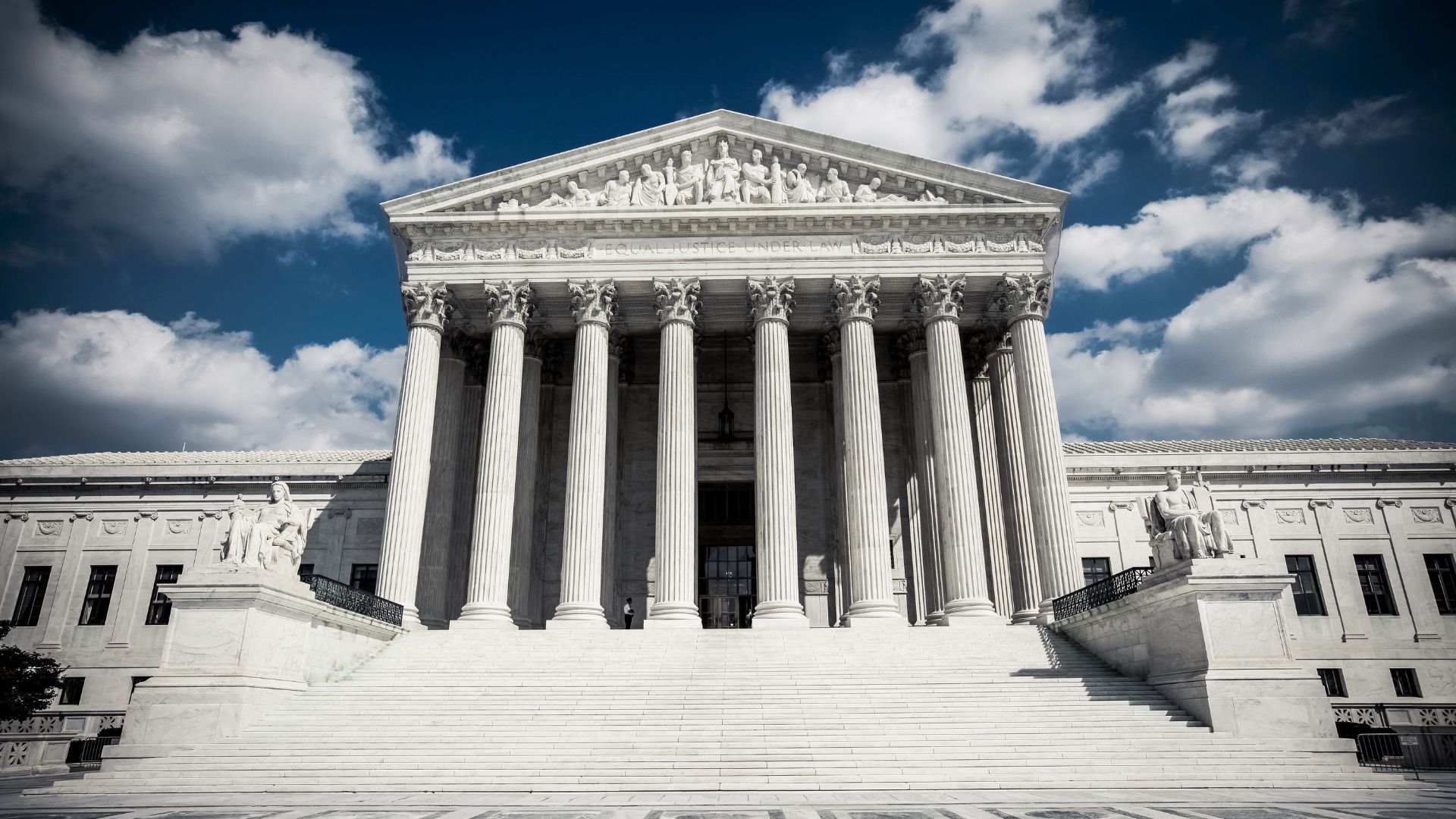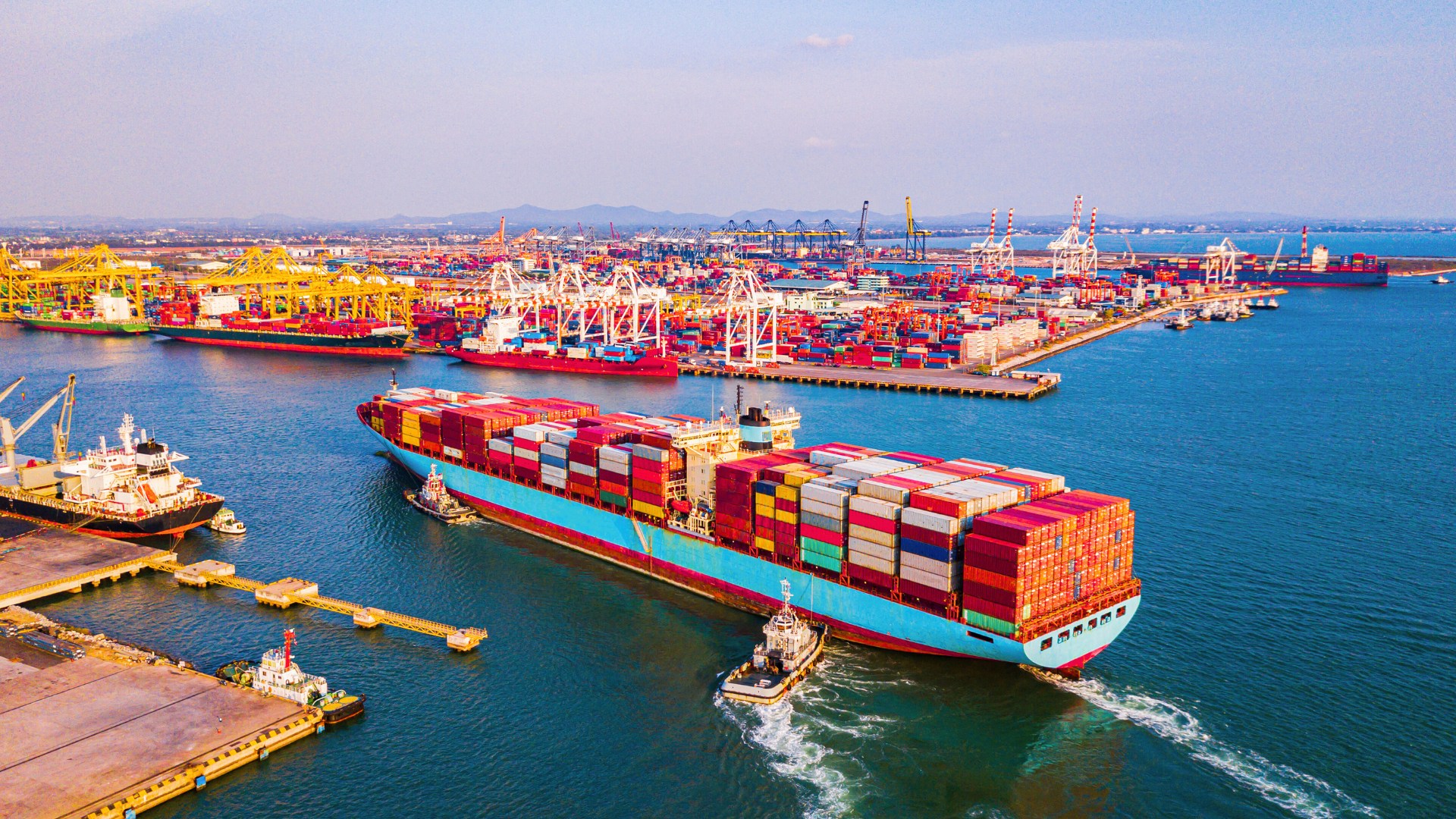One of the biggest myths about intellectual property (IP) is that many think they can get worldwide protection based on one application. First, there is no such thing as a worldwide patent, trademark or copyright. Each country has its own IP laws. Therefore, you must seek protection in each country to have protection in the respective country.
Intellectual Property Protection in the United States
Patents protect inventions that are useful, novel and non-obvious. A US patent cannot be enforced in other countries. It is necessary to secure protection in each country. Often, inventors become familiar with foreign options when it is too late to file. They must file a foreign application within ONE year of the first US filing date.
Because each country has its own intellectual property laws, foreign counsel in each country is needed to ensure the application is prosecuted properly. Although a US patent attorney doesn’t have jurisdiction in foreign countries, the US attorney typically has relationships with foreign counsel. To determine which country to get patents granted, consider where you are manufacturing the invention or where you’re going to sell the invention.
Overseas Protection
The Patent Cooperation Treaty (PCT) was negotiated to facilitate the filing of foreign applications in foreign countries. Over 124 countries are part of the Treaty; and when an application is designated as a PCT application, it is searched first by the selected Patent Office. The search report will give you the opportunity to abandon the application or to amend the application before paying fees to apply for a patent in a foreign country. If you file a PCT application, you have up to 30 months from the original US filing date to file in a foreign country.
FIVE Tips to Protect Your Intellectual Property Overseas:
- Work with a qualified patent attorney to help you to create a plan regarding your patent application filings. This will help you to ensure you do no not miss the deadline to file the application in a foreign country.
- Ensure you are working with a reputable foreign manufacturer; and ensure proper contracts are in place so that if a breach occurs, the contract can be enforced. Do not do handshake deals!
- Work with qualified US and foreign counsel to draft appropriate contract language to ensure it is enforceable.
- Record your US trademarks and copyrights with Customs and Border Protection.
- Be strategic about registering your patents, trademarks, and copyrights in foreign markets where violations are common to ensure you have intellectual property protection in place that can be enforced.





